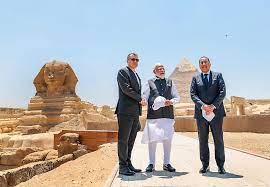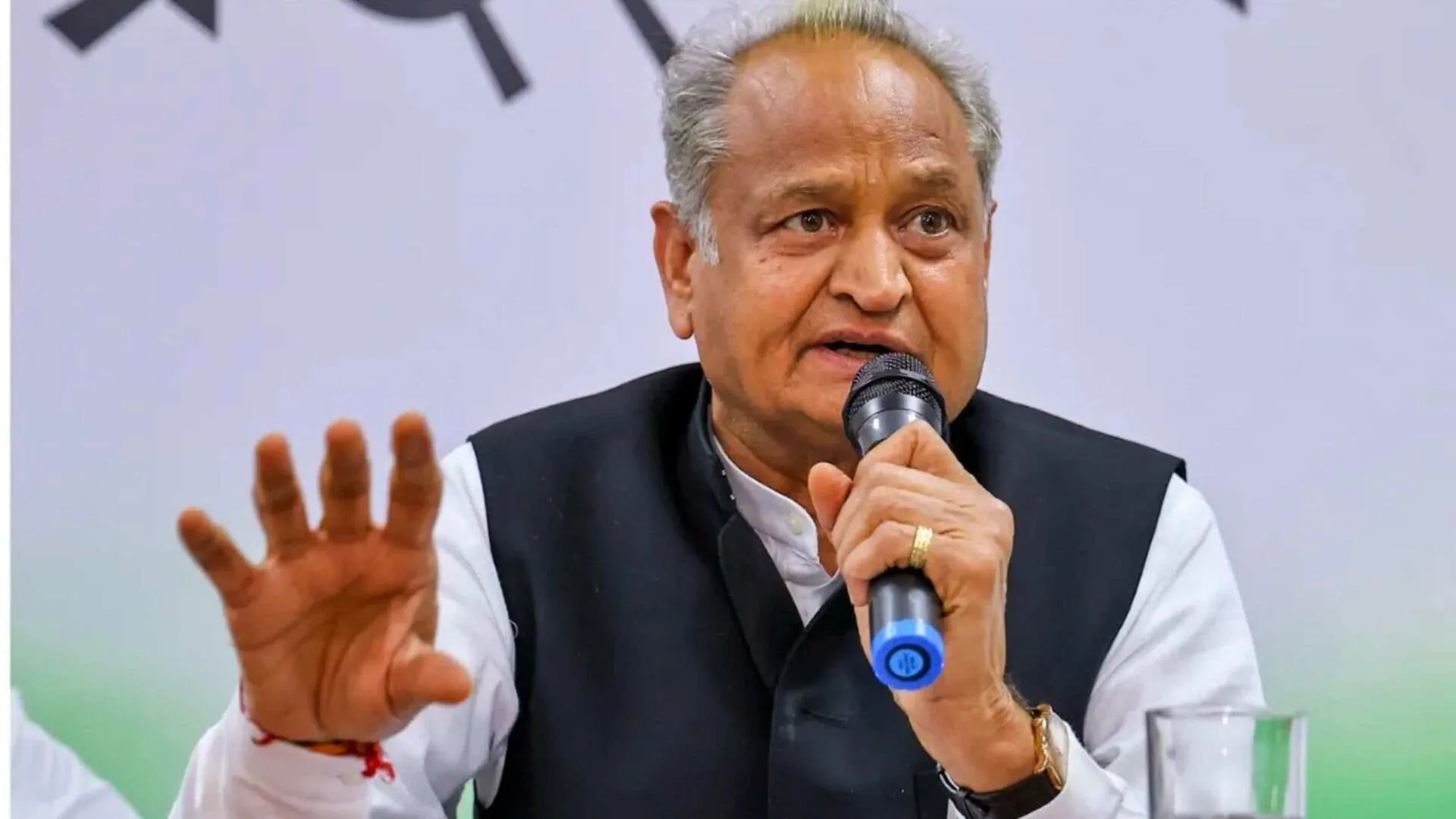The iconic Great Pyramids of Giza, one of the Seven Wonders of the Ancient World, visited by Prime Minister Narendra Modi on Sunday, was built by three Pharaohs of Ancient Egypt more than 4000 years ago.
Built in the early 26th century BC, over a period of about 27 years, the pyramid is the oldest of the Seven Wonders of the Ancient World, and the only wonder that has remained largely intact.
Located in the Giza Necropolis, just outside the city of Cairo, the three fourth-dynasty pyramids erected on a rocky plateau on the west bank of the Nile River near Al-Jizah (Giza) in northern Egypt, which mark a glorious time in human civilisation.
The Great Pyramid of Giza is the largest Egyptian pyramid and served as the tomb of pharaoh Khufu, who ruled under the Fourth Dynasty of the Old Kingdom. The ancient ruins of the Memphis area, including the Pyramids of Giza — Khufu, Khafre, and Menkaure — were collectively designated a United Nations Educational, Scientific and Cultural Organization World Heritage site in 1979. It was built by quarrying an estimated 2.3 million large blocks, weighing 6 million tonnes in total. The pyramids, part of a large complex that includes temples, burial tombs, and more, were built by the ancient Egyptian pharaohs Khufu, Khafre, and Menkaure. Modi visited the pyramids on the second day of his two-day state visit to Egypt, following a successful state visit to the US.

















